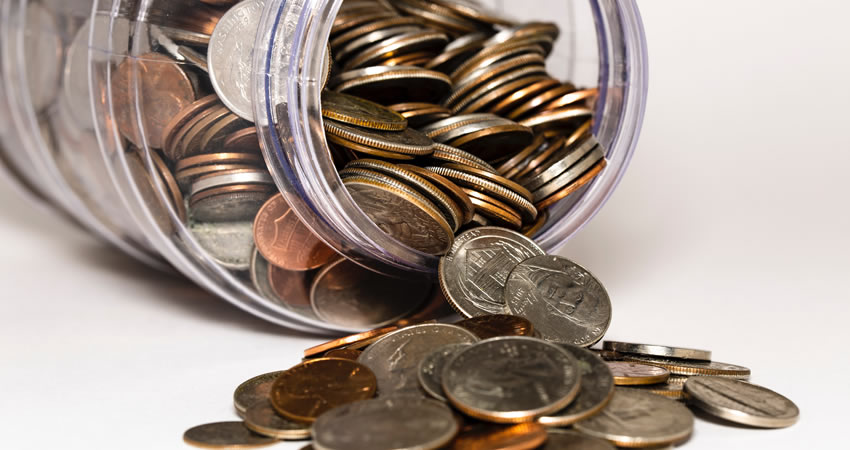Organization is essential to financial security. Money-related stress often stems from our savings habits. Have separate savings accounts and review them periodically. Keep in mind that everyone has different needs and goals, so make a plan that is realistic for you. Below, we’ve listed some different types of savings funds that will surely prepare you for a bright future.
- Emergency Savings
- Start here. An emergency fund should be your first priority. You need at least $1,000, and over time try to have enough money to cover three to six months of your total household expenses. Start by saving $100 a month or 10% of your monthly income.
- Financial experts recommend using a money market account or high-yield savings account, according to which has the best return. These will earn you interest over time and be easy to access when you need it.
- Retirement
- It’s never too soon to start saving for your golden years. If you’re self-employed or have maxed out your 401(k) employer match, consider starting a Roth IRA. Roth IRA is a retirement account you can set up through your bank or another institution, you fund it with post-tax earnings, and consequently can withdraw tax-free later on.
- Don’t procrastinate when it comes to building this account. You want your money to grow over time from compound interest. For example: considering an annual return rate of 8%, $1,000 saved at age 25 will grow to $20,000 by age 65, while $1,000 saved at age 30 would only grow to $10,000.
- Aspire to dedicate 10-15% of your income to retirement. AARP and Charles Schwab offer retirement calculators and tools that help you figure out the right plan for your age and financial situation. Check out Bankrate.com for comprehensive comparison on different retirement account interest rates. Consult a financial professional to direct you to the best high-return investments.
- Short-Term Savings
- Use your short-term savings for medium and large sized purchases and expenses occurring within the next five years- such as travel, home repairs, property tax and furniture.
- It is recommended to keep this money in a high-yield savings account or money market account, although most people use the savings account associated with their checking account. Certificates of deposit (CD) offer higher return rates but you won’t be able to touch the money for a certain period of time without penalties.
- Long-Term Savings
- Your long-term savings account is for big, inevitable expenses that you expect to occur 2-10 years in the future. Some examples of these expenses are a wedding, a down payment on a new car or home, higher education, and family planning.
- Consult a financial expert on where to keep this money. Short-term bond funds are a possibility, or invest in a low-fee index mutual fund or exchange-traded fund.
- Health Savings
- Medical expenses are virtually unavoidable. Co-pays, deductibles and prescriptions can add up quickly and having money here can help you avoid emptying out your savings when faced with an emergency.
- Regular health insurance plans should include a flexible savings account (FSA). If you have a high-deductible insurance plan, you may be eligible for a health savings account (HSA).
- Remember that another way to prevent illness and injury is by eating a healthful, whole foods diet and exercising and stretching regularly.
- Bonus Account 1 – Slush Fund
- This doesn’t have to be a bank account, it can be an envelope or jar. You don’t need a great amount of money for your slush fund, just a few hundred dollars should be okay. This money is your mad money (for example, a family trip to the zoo) or small unexpected expenses (like your refrigerator breaking). This way, little things won’t derail your savings plan or cause you to dip into other accounts.
- Bonus Account 2 – Children’s Savings
- If you have one or more children, consider teaching them about finances early by starting a kid’s savings account. Check if your bank has a kid-friendly account option. Some have incentives for diligent savers, others offer free coin counters or learning-inspired bank tours. Explain simple and compound interest to your child and encourage them to save a portion of their allowance or gift money in a savings account that will earn money over time.
Final thoughts
This may seem like a major undertaking, but it doesn’t have to be intimidating. If you’re starting from ground zero, first get your emergency savings account to $1,000 and then begin saving in other accounts. If you don’t know how you’re going to find this money, then you need a solid budget. Seek support from an app like Mint. If you’re bad at saving money, set up automatic deposits.

